Any palms that tolerate dry indoor air?
CactusBoss
10 years ago
Related Stories
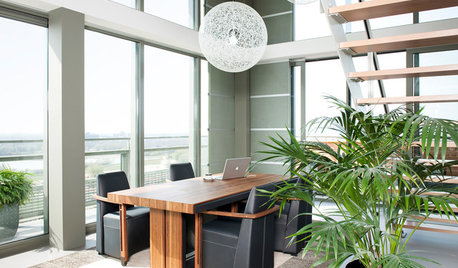
HOUSEPLANTSMeet a Palm That's Fine With Fluorescent Light
Get the look of the tropics without the full-on sun and high humidity — parlor palm tolerates regular indoor conditions with aplomb
Full Story
HEALTHY HOMEA Guide to Indoor Air Purifiers
Get the lowdown on air filtration systems for your house and the important ratings to look out for
Full Story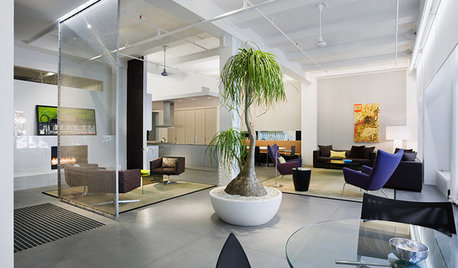
HOUSEPLANTSGot Bright Light but Lack Spare Time? Try Ponytail Palm
This low-maintenance houseplant has an exotic look and a drought-tolerant nature. Just give it lots of sun
Full Story
HEALTHY HOMEGet Cleaner Indoor Air Without Opening a Window
Mechanical ventilation can actually be better for your home than the natural kind. Find out the whys and hows here
Full Story
HOUSEPLANTS10 Top Plants to Grow Indoors
Brighten a room and clean the air with a houseplant that cascades artfully, stretches toward the ceiling or looks great on a wall
Full Story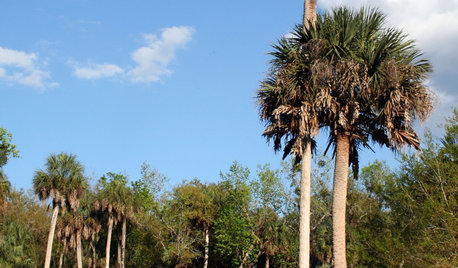
TREESGreat Design Plant: Sabal Palm Enchants in Balmy Sites
Towering and tolerant, this tree blends in, stands out and happily stars in vacation photos
Full Story
LANDSCAPE DESIGNCelebrate a Sunny Climate With the Right Leafy Palm for Your Site
So you get freezes or floods. So your garden is small. These palms send excuses riding off into the tropical sunset
Full Story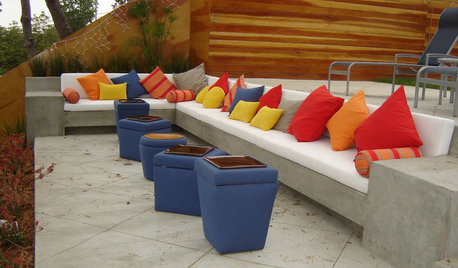
GARDENING AND LANDSCAPING10 Outdoor Banquettes Create Fresh-Air Seating With Style
The popular built-in bench offers as much utility and comfort on backyard patios as it does indoors
Full Story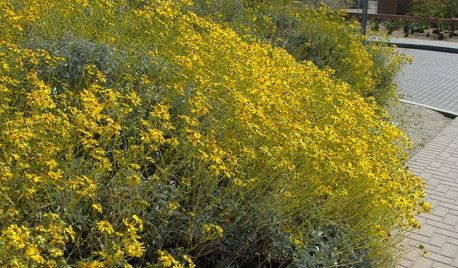
GARDENING GUIDESGreat Design Plant: Brittlebush Brightens Rocky, Dry Spots
Masses of cheerful golden flowers belie the tough nature of this highly drought-tolerant shrub
Full Story
HOUZZ TOURSRare Modernist Home Uncovered in Palm Springs
A custom home by modernist William Krisel gets restored and updated
Full StoryMore Discussions









User
CactusBossOriginal Author
Related Professionals
Wakefield Landscape Contractors · Commack Landscape Contractors · Concord Landscape Contractors · Davidson Landscape Contractors · Downey Landscape Contractors · Northport Landscape Contractors · Panama City Beach Landscape Contractors · Point Pleasant Landscape Contractors · Setauket-East Setauket Landscape Contractors · Wanaque Landscape Contractors · Whitehall Landscape Contractors · Wilsonville Landscape Contractors · Woodbury Landscape Contractors · Jacinto City Interior Designers & Decorators · Washington Interior Designers & Decoratorsbirdsnblooms
CactusBossOriginal Author
Tiffany, purpleinopp Z8b Opp, AL
CactusBossOriginal Author
CactusBossOriginal Author
Tiffany, purpleinopp Z8b Opp, AL
birdsnblooms
Tiffany, purpleinopp Z8b Opp, AL
User
birdsnblooms
Tiffany, purpleinopp Z8b Opp, AL
CactusBossOriginal Author
goren
Tiffany, purpleinopp Z8b Opp, AL
User
monet_g
CactusBossOriginal Author